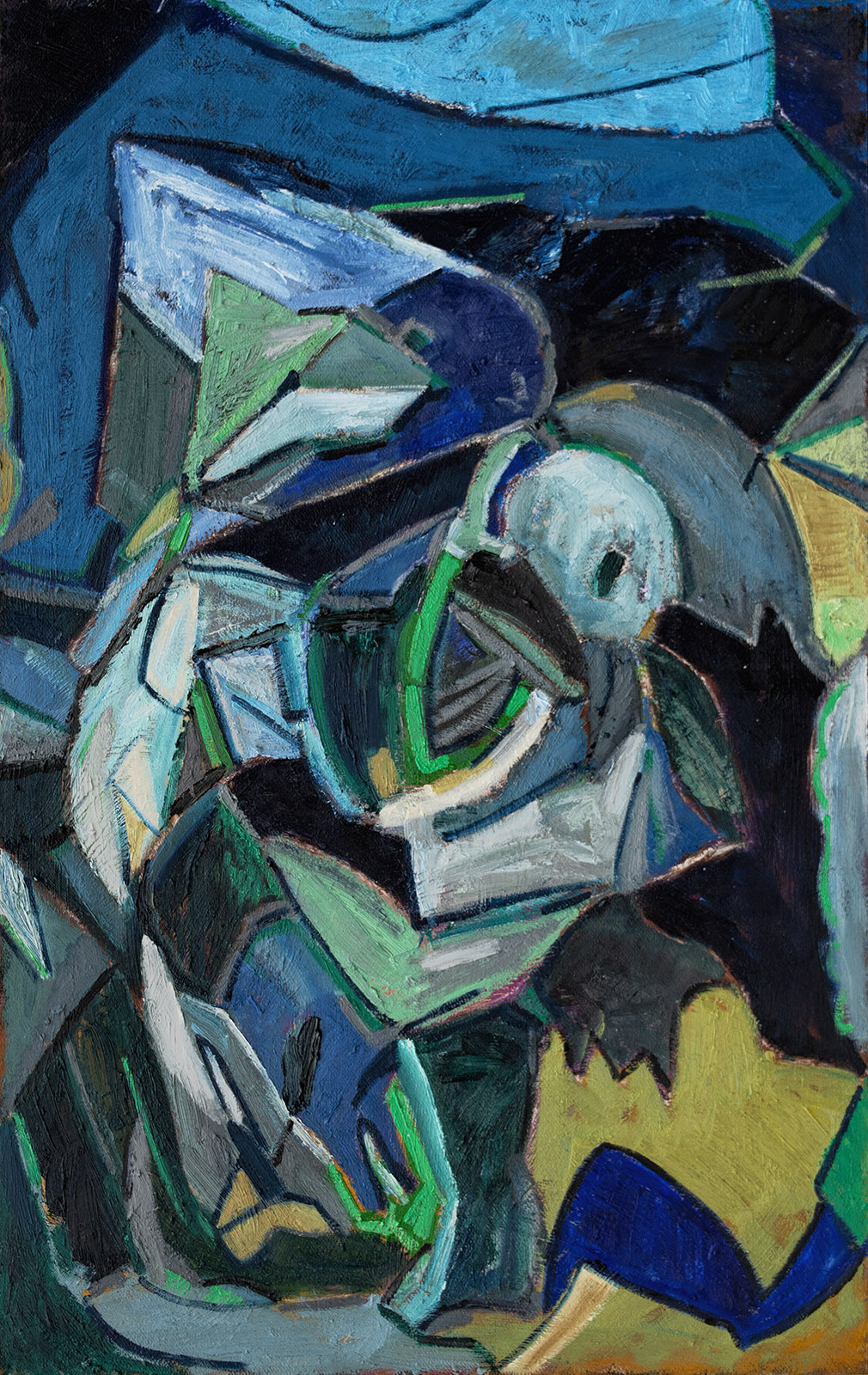
It's common for artists of all mediums to feel their creativity ebb and flow in their lifetime. In fact, it's perfectly normal. Working through a creative slump, also known as an "artist's block", does not mean you're losing your hard-earned abilities. You're just going through a temporary dry spell that you will be able to work through as long as you're patient with yourself.
Here are seven tips to help you work through the times when your creative process isn't feeling so fluid:
Get Away from Your Work for a While
Sometimes, you might be too focused on what you're doing to see the bigger picture. Like a palate cleanser between boldly flavored food or wine, you might need to take a break from art to refresh your senses. This can be as simple as taking a short walk, fixing yourself a snack or calling a friend on the phone (and talking about something besides your art!) You may even go do something mundane, like the pile of laundry you've been meaning to get to. If you feel like you're stuck in a loop of creative despair, lack of inspiration or overall frustration, it's important to break that cycle instead of feeding into it.
Take Time to Reflect Upon Art and Life
Is your creative block caused by stressors in your life, such as sickness, financial woes or a bad relationship? It can be very easy to give up on your artistic endeavors when there are problems in your life, but these are actually some of the best times to get in the studio and put those feelings onto canvas. Many artists find that their work is therapeutic in times of stress. Art is a safe, personal place to work out feelings.
This can also be a great time to reflect upon your own art. Perhaps you're feeling uninspired because you've "played out" the themes or medium that you're working with. Consider whether or not it is time to shift gears and start a new phase in your portfolio.
Inspire Yourself With Juxtapositions
Opposites attract creativity. Just like complementary colors on a color wheel, sometimes you can shake loose bold ideas by doing something completely different. You can sort of "reset" your brain by working on the complete opposite of what you've been doing! For example, if you've been trying to capture something light and beautiful in a soft sketch, maybe it's time to work on a bold and abstract acrylic piece instead. If your work has been dealing with themes of love and acceptance, maybe you need to do a dark piece about isolation or anxiety. Find an opposite in medium, theme or design and work on it for a while. It might shake loose ideas for your original piece!
Process, Not Product
When we grow as artists it can become harder and harder to remember that we should be having fun with art! Sometimes, you just need to let go and, honestly, act like a kid again. Leave adult judgments, preconceptions and worries at the door and just create for creation's sake.
Pick up a watercolor set and paint at the park or grab your old camera and go take photographs like you used to in college. Finger paint, face paint, play with clay, sculpt something... just enjoy the process and stop worrying about the product!
Give Yourself Some Limits or Boundaries
Limitations seem like the last thing you want to enforce upon a creative project, but they’re actually beneficial when it comes to making your best work. A common writer's hurdle is the "blank page"--when they are starting the new project, a blank page feels like there are infinite opportunities, and that can be paralyzing.
Artists feel this, too. When you have a fresh, clean palette and the freedom to do whatever you want, the freedom can be overwhelming. Setting some constraints can make the process more enjoyable, challenging and can yield a product that you're more proud of.
What restrictions do is they take away some of the overwhelming choices available to us that stop us from getting started. If you don't have a client that is setting restrictions, you'll need to do it yourself.
Set the Mood
Setting the mood is essential for divergent thinking—that is, coming up with original ideas and fresh perspectives. So, put on some great music, adjust the lighting, and surround yourself with objects and materials that inspire you!
Use "Extra Time" for Self-Care
As a busy working artist, it often feels like there's not enough time in the day. But if the feeling of creative blocks has you stressed out, instead take this extra time to care for your body and mind.
• Get More Sleep
• Maintain Proper Nutrition
• Get Some Exercise
• Pamper Yourself
• Keep Your Mind Sharp
• Have The Right Attitude
Working through an artist's block can end up with you producing some of your best work. Just remember to take your time, be patient with yourself and use this break as a period to care for your body and mind. Be open to the possibilities of the universe and you'll feel the inspiration flowing through you sooner than you expect.